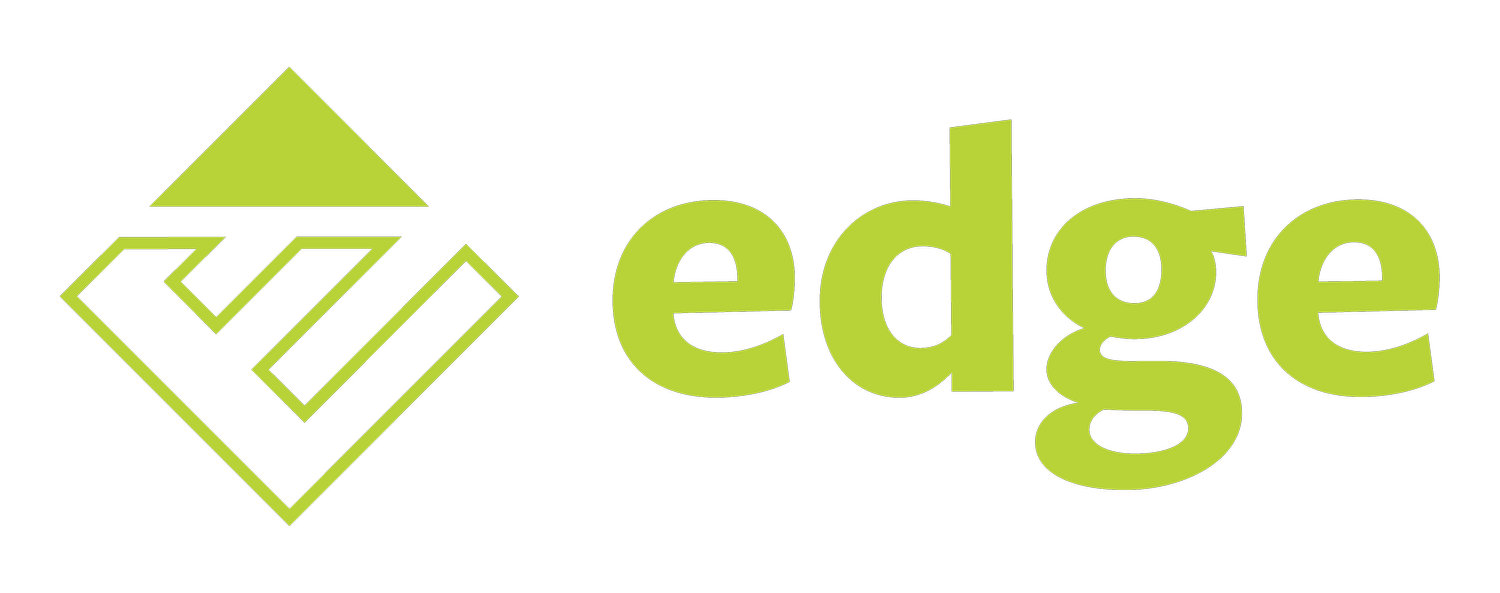Firstly, I would like to say a massive thank you to everyone who attended our 2019 conference CONNECTED, which allowed the EDGE community to learn, share, network and to more importantly get connected. There was a real buzz and great atmosphere across the 2 days. It was nice to see people from all over the UK, Canada, Belgium and New Zealand all in the same place, building relationships and connecting through the use of the EDGE system.
The event this year was again hosted by BBC Medical Correspondent Fergus Walsh, who was very popular with our audience, making them laugh as well as not being afraid to ask some challenging questions to our speakers. We had some brilliant keynote speakers with experience ranging from clinical to business intelligence to sponsorship. Clare Meachin, Associate Director of Nursing, NIHR CRN CC and Deputy Chief Operating Officer from CRN South London really stood out to me. She was a confident speaker who reminded our audience why data is so important to research and to the patient with her talk titled “Close to the EDGE- why does all this matter to the patient?”
Throughout both afternoons we hosted a number of breakout and workshop sessions to cover all aspects of EDGE. These were ran by EDGE experts amongst the community as well as by some of our EDGE Knowledge team. There were topics to suit every research job role whether you worked within a support department such as pharmacy or radiology, clinical nursing team or R&D department.
In keeping with the CONNECTED theme we tried out some new aspects to the conference this year. We added a QR code to each delegate badge so that connecting would be easier. Following a quick download of an app and a scan of a code you would be able to save details of someone you spoke to instantly to your phone. We also colour coded each delegate badge to help identify other members of the EDGE community working in a similar job role. These colours were then used in the ‘Get Connected’ zone, a designated space for connecting after lunchtime.
The networking dinner took place on the first night, where not only did delegates receive some delicious food but they also took part in our traditional EDGE quiz, followed by a special awards ceremony which showcased some of the fantastic work that certain individuals and organisations have been doing with EDGE. We then had some music from a band called the Altitudes to finish off what was a great evening.
Overall, it was a successful conference and we are all very happy with how it went. We are looking forward to planning next year’s event so keep a look out for the 2020 news! Oh, and one last thing. For those of you who spoke and received an EDGEY, please look after with care!







